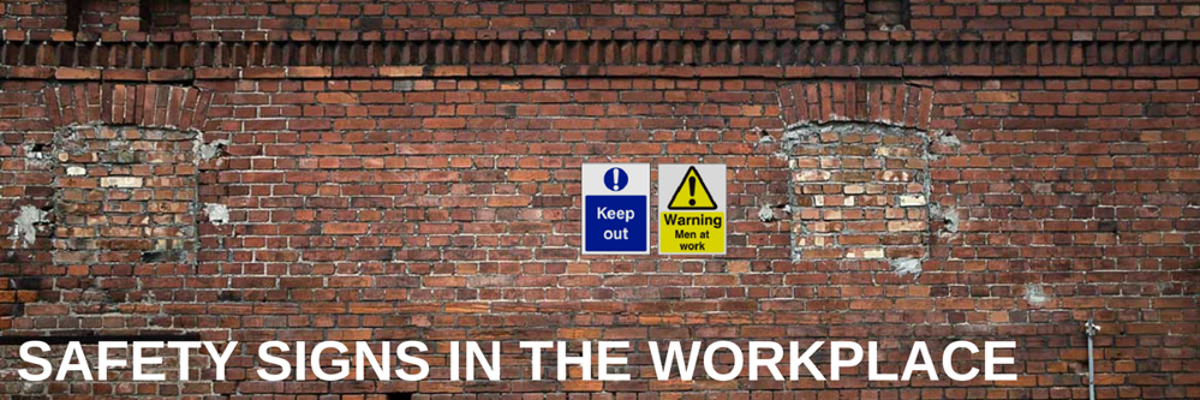Safety signs are an important part of your safe systems of work. There a many different types of safety signs that you should have in your workplace depending on the type of workplace you have. They assist in keeping your workers and visitors in your workplace safe by:
- -Communicating important instructions,
- -Warning people of hazards,
- -Reminding people of important safety messages, and
- -Providing instructions for emergency situations.
Checklist: What safety signs does your workplace need?
- 1)Does your workplace have risks that, if they occurred, could lead to life threatening incidents if the signage is ignored? If yes, you need to install DANGER SIGNS, e.g. indicating the presence of flammable substances.
- 2) Does your workplace forbid certain action or activities that are not permitted by law? If yes, you need to install PROHIBITION SIGNS, e.g. no smoking.
- 3) Are there certain actions that are required by law in your workplace? If so, you need to install MANDATORY SIGNS, e.g. if eye protection must be worn in a specific area.
- 4) Does your workplace include hazards and risks that may lead to an incident? If so, you need to install WARNING/HAZARD SIGNS that indicate that precautions must be taken.
- 5) Do you have plans for when an emergency situation occurs in your workplace? You need to install EMERGENCY INFORMATION SIGNS that indicate locations and directions to emergency facilities, e.g. fire equipment or safety routes.
- 6) Are there dangerous goods or hazardous chemicals in your workplace? If so, you need to install DANGEROUS GOODS SIGNS.
- 7) Are there roads and traffic operating in your workplace? If so, e.g. motor vehicles or mobile plant, then you will need to install TRAFFIC SIGNS to direct traffic and signpost pedestrian exclusion zones.
- 8) Do you have safety procedures in place which provide general safety information to workers and visitors? If so, you need to install ADMINISTRATIVE SIGNS which indicate the procedures that people need to follow, e.g. visitor sign-in.


